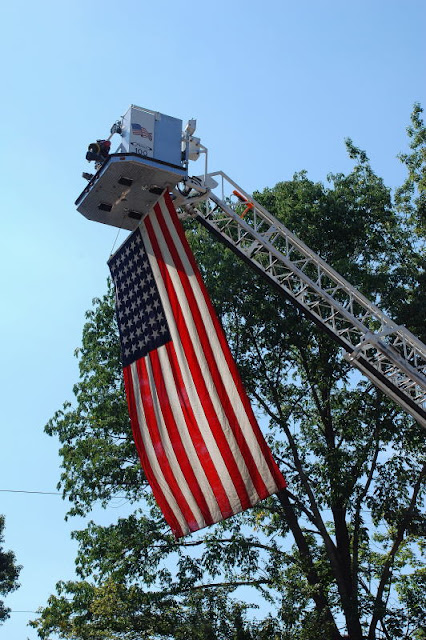The Magpie got scooped by the Dummies blog! Fair enough. I’ve been a negligent blogger in recent weeks.
It’s rare that Freemasonry gets to display its timeless traditions in public, but the afternoon of Sunday, September 19 was one such occasion, as the Grand Lodge of New Jersey and the brethren of the local lodges in Union County performed the ceremony of consecration and cornerstone-laying at a church in Cranford.
Trinity, an Episcopal church that has stood in the center of town since 1875 (the church had been incorporated three years earlier) on land donated by parishioners, has renovated and modernized its building and grounds several times during its history. Hopefully this remodeling endeavor will serve the faithful for many years to come. The congregation will hold its first service in its newly renovated building on December 5, and on January 15, The Right Rev. George E. Councell XI, Bishop of New Jersey, will re-consecrate this sacred space.
This affair immediately brought to mind the 2009 Prestonian Lecture by Bro. John Wade, whose “Go and Do Thou Likewise” explained the purposes and history of English Masonic processions from the 18th to the 20th centuries. His title is borrowed from the King James Version of Luke 10:37, when Christ relates the parable of the Good Samaritan as the right thinking and right action rewarded with eternal life, so the connection to this ceremony on the grassless front lawn of Trinity Church is natural.
And we indeed had a procession. A century ago there would have been hundreds, if not thousands, of Masons and Knights Templar marching through town to celebrate an important cultural event for the town, but we do what we can these days. I’d say there were about 65 Masons present, with church congregants and other citizens drawn to the curious sight. The local police and fire departments were extremely helpful, closing off streets and hoisting an enormous 48-star flag for the occasion.



































































































